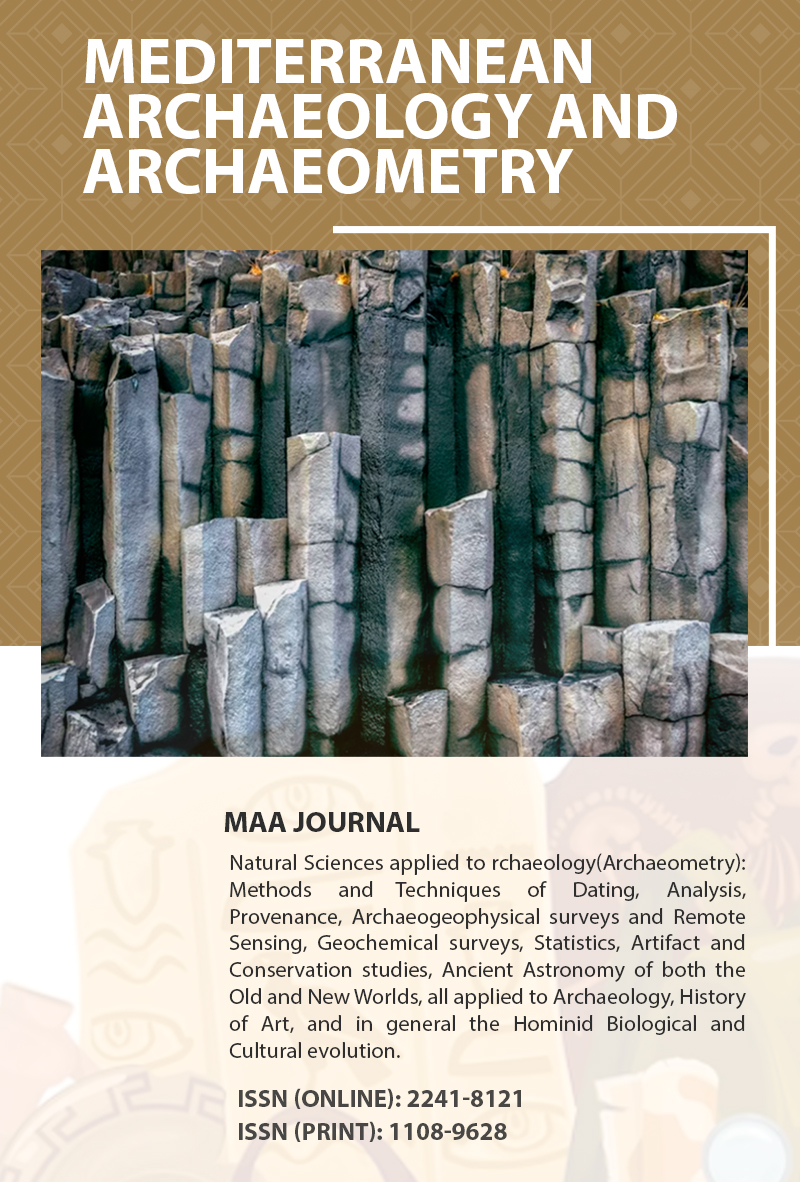The Heritage Building Information Modelling of the Church of St. Sophia in Ohrid, North Macedonia
Keywords:
Cultural Heritage, Church of St. Sophia, Laser Scanning, HBIM.Abstract
Building Information Modelling (BIM) has emerged as a major topic in sectors connected to building in recent years. It's possible to think of this technology as a procedure, a certain kind of database, software, or even a 3D model, but in reality, it merges all of these functions and many more. The geometry of a structure is represented using parametric objects with attribute data through BIM. Adopting BIM in the heritage area is challenging because of the parametric limitations of the current software's incapacity to adjust to the morphological flaws common in historical systems. A standard for heritage artifacts is the Heritage (Historic) Building Information Modelling (HBIM). In addition to enabling the storage of geographical data and metadata, it also offers a way to record changes these structures go through. The range of applications ranges from straightforward documentation repositories to building and restoration simulation systems. The Hagia Sophia Church chosen for this study was built in 1506 in the Republic of North Macedonia and is on the United Nations Educational, Scientific and Cultural Organization (UNESCO) World Heritage List. The Church, scanned with 3D terrestrial laser scanning technology by CyArk, was modelled and analyzed using many programs (CloudCompare and Autodesk REVIT) for HBIM. After analyzing object details measured by a laser scanner, the HBIM models of the church were generated. With this study, it has been shown on which surfaces the open source CloudCompare program can be used on HBIM models and that the Autodesk REVIT program is a suitable tool for HBIM modeling studies.










